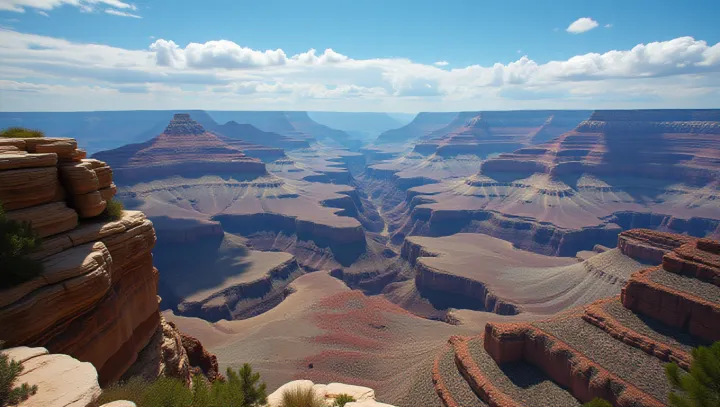Exploring Earth's Majestic Grand Canyon

The Grand Canyon, a colossal geological wonder located in Arizona, USA, stretches an astonishing 446 kilometers. This vast expanse is renowned not only for its breathtaking beauty but also for its immense geological significance. The canyon's intricate formations tell the complex story of Earth's evolution, offering scientists a unique window into the past.
Renowned across the globe as an emblem of natural beauty, the Grand Canyon serves as a pivotal site for scientific inquiry and education. Geologists like Dr. John Smith have dedicated countless hours to studying its diverse layers.
'The Grand Canyon is more than just a tourist destination; it's a library of Earth's geological past,' Dr. Smith explains. These formations tell tales of ancient oceans, shifting tectonic plates, and erosion processes shaping the world as we know it today.
In recent years, increased attention to climate change has also positioned the Grand Canyon as a critical area for environmental research. Scientists are examining how climatic shifts could alter this majestic landscape in the future. As a hub of both tourism and research, the Grand Canyon stands as a testament to nature's grandeur and a symbol for continued exploration and preservation efforts.
